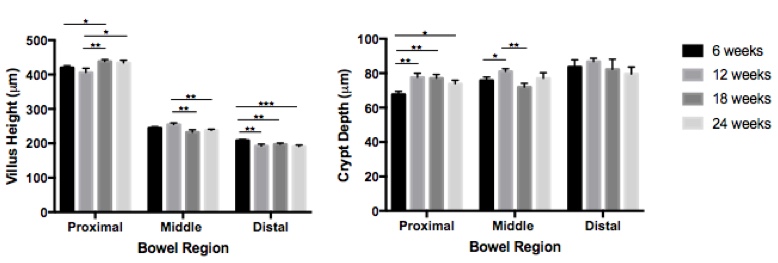B. J. Resio1, J. Hoag1, A. Monsalve1, J. Blasberg1, D. J. Boffa1 1Yale University School Of Medicine,New Haven, CT, USA
Introduction: The vast majority of research to reduce surgical mortalities has focused on the first 30 days after surgery. Unfortunately, nearly half of the patients who die after complex surgery, do so beyond the traditional 30-day window. Data from the surveillance, epidemiology and end results (SEER) database linked to Medicare claims was evaluated in an effort to increase the understanding of the events surrounding deaths occurring between 30 and 90 days after complex cancer surgery.
Methods: Patients who underwent lung, colon or esophageal resection for non-metastatic cancer and died within 90 days of surgery were identified in SEER-Medicare. Cause of death (COD) was grouped based on ICD10 diagnosis codes. Place of death was determined using the last place of discharge before death.
Results: A total of 1,480 patients died between 30-90 days of complex cancer surgery (“later” mortality cohort). Readmission was strongly linked with later mortality as 78% of patients were readmitted at least once before dying within 30-90 days. The COD was listed as “cancer” in 57% of the late mortalities, which seems unlikely within 90 days of surgery. Of the patients with COD other than cancer, the most common were acute cardiac disease (23%), chronic lung disease (12%), chronic heart disease (11%), sepsis/shock (8%), pneumonia (5%) and stroke (4%). Sixty-one percent of late mortality patients died in the hospital (8% during the index hospitalization), 10% were last discharged to home, 14% to a nursing facility and 16% to hospice.
The “later” mortality cohort was compared to an “earlier” cohort of 1,985 patients who died within 30 days of surgery. The 30-day and 90-day mortality rates varied by surgery type (colectomy 6.2% vs 11.0%; lobectomy 3.1% vs 6.0%; pneumonectomy 10.5% vs 18.9%; esophagectomy 6.3% vs 14.1%). Age, sex, race and stage were similar between earlier and later mortalities. Compared to earlier mortalities, later mortalities were less likely to occur during a hospital admission (61% vs. 85% p<0.01) and less likely during the initial hospitalization during which surgery was performed (8% vs. 51%, p<0.01). In terms of COD, cancer was listed for a similar proportion of early and late patients (56.8% vs. 57.0%). While there were similarities in noncancer COD, death from acute GI disease (bowel ischemia, bleed, perforation, leak, peritonitis etc.) was less common in the later cohort compared to the earlier cohort (4% vs. 14% of non-cancer COD, p<0.01).
Conclusions: Among elderly Medicare beneficiaries, nearly half the perioperative mortalities occur after 30 days. Most patients who die beyond 30 days were readmitted at least once, suggesting a failure to rescue from a postoperative complication. Surgical teams should minimize the over-listing of “cancer” as the cause of death in the perioperative period, as this may impede the identification of opportunities to increase rescue.






